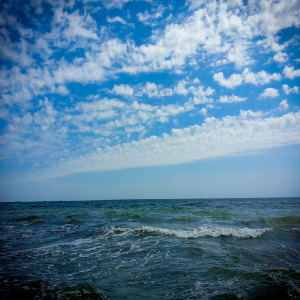 Smart Citations
Smart CitationsSee how this article has been cited at scite.ai
scite shows how a scientific paper has been cited by providing the context of the citation, a classification describing whether it supports, mentions, or contrasts the cited claim, and a label indicating in which section the citation was made.
Remote sensing of sea surface salinity: A bibliometric analysis
In recent years, rapid advances in technologies have allowed significant positive changes within the field of satellite observations of the global ocean. This paper reviews the available global scientific literature that focuses on the study of salinity by remote sensing, tracking its evolution and trends by combining social network analysis and bibliometrics. Furthermore, the study shows the relationships and co-occurrences between authors, countries and keywords retrieved from the abstracts and citations database provided by Scopus. An analysis of 581 publications has been carried out. The achieved results, which highlight a worldwide increase in scientific interest in this field over the last decade, may constitute a useful tool for a global vision and for a potential improvement in the international efforts employed in the study of salinity from remote sensing.
Supporting Agencies
This work was partly funded by the Italian Ministry of University and Research (MUR) under the Antarctica National Research Programme (PNRA) entitled ”SWIMMING - Sea ice-wave interaction monitoring for marginal ice navigation”, PNRA18_00298.How to Cite

This work is licensed under a Creative Commons Attribution-NonCommercial 4.0 International License.
PAGEPress has chosen to apply the Creative Commons Attribution NonCommercial 4.0 International License (CC BY-NC 4.0) to all manuscripts to be published.


 https://doi.org/10.4081/aiol.2022.10862
https://doi.org/10.4081/aiol.2022.10862





